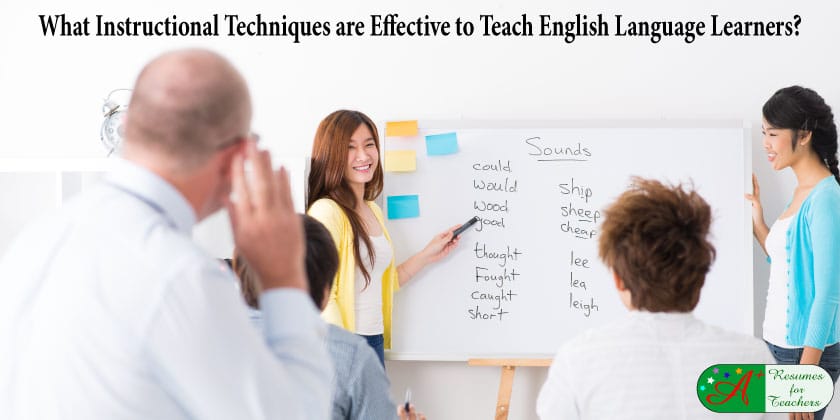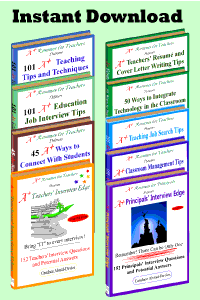When addressing the question about instructional techniques for English Language Learners (ELLs), it’s crucial to highlight strategies that promote language acquisition while honoring students’ native languages and cultures. Here’s an expanded response to guide you through your next interview:
Respecting Native Language and Culture
Respecting and validating students’ native languages and cultures is foundational to creating an inclusive and supportive learning environment for ELLs. Teachers should leverage students’ linguistic and cultural backgrounds as valuable assets in the learning process. Encouraging parents to maintain and nurture their children’s proficiency in their mother tongue fosters strong language skills that can transfer to English acquisition.
Preview/Review Technique
The Preview/Review technique offers a structured approach to language instruction that acknowledges students’ existing language proficiency while facilitating growth in English. By previewing content in the native language for comprehension and subsequently teaching it in English for language development, teachers scaffold learning and promote comprehension and language acquisition simultaneously.
Specially Designed Academic Instruction in English (SDAIE)
SDAIE encompasses a range of instructional strategies tailored to meet the diverse needs of ELLs in mainstream classrooms. From visual aids and manipulatives to hands-on activities and real-life examples, SDAIE techniques provide multiple entry points for language acquisition and content mastery.
Comprehensible Input and Scaffolding
Comprehensible input, often referred to as scaffolding, involves adjusting language complexity and providing contextual support to ensure students understand instructional content. Teachers employ a variety of strategies, including visual aids, gestures, repetition, and simplified language, to make content accessible to ELLs while gradually increasing linguistic challenge.
Explicit Language Instruction and Academic Language Development
Explicit instruction in vocabulary, grammar, and academic language skills is essential for ELLs to succeed academically. Teachers model correct language usage, teach comprehension strategies in reading, and provide guidance on writing conventions and organizational structures. Incorporating key vocabulary and language-building activities into lessons supports language development across content areas.
Interactive and Cooperative Learning
Interactive and cooperative learning activities promote language development, critical thinking, and social-emotional growth among ELLs. Providing opportunities for collaborative problem-solving, discussions, and group projects encourages language production, fosters peer interaction, and builds communication skills in English.
Technology Integration
Integrating technology, such as computer-assisted instruction and multimedia resources, can enhance language learning experiences for ELLs. Interactive language learning software, digital storytelling tools, and educational apps offer engaging and interactive opportunities for language practice and skill development.
By employing a combination of these instructional techniques, teachers can create a dynamic and supportive learning environment that empowers ELLs to thrive academically, linguistically, and socially. It’s essential to approach language instruction for ELLs with sensitivity, flexibility, and a commitment to meeting students’ diverse needs effectively.
Recommended Reading:
Increase Interviewing Confidence to Control Your Teacher Interview
Tailoring Your Job Interview Responses to Meet the Needs of the School


